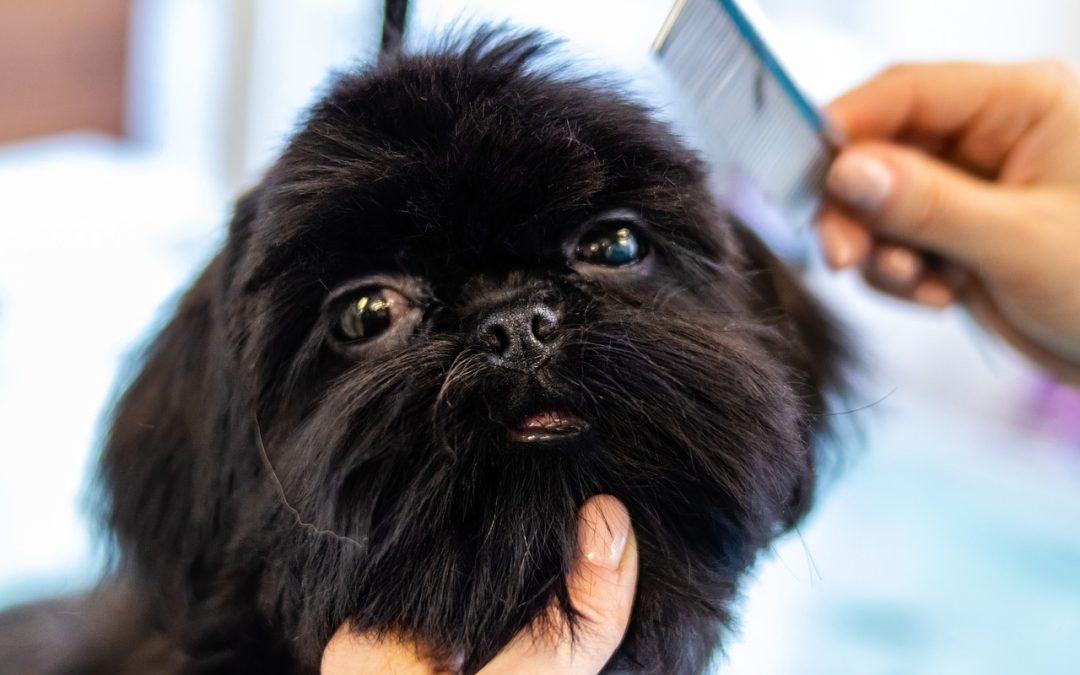Author/Guest Contributor: Charlotte Johnson Image by Aleksandr Tarlõkov from Pixabay
Grooming your dog keeps it looking good and ensures its health and comfort. As a new pet owner, you might find grooming a bit daunting. But don’t worry, it’s not as complicated as it seems.
Below, we discuss the right way to bathe your dog and the importance of regular brushing, especially for those with longer coats. We also mention other grooming needs and when to ask for professional assistance. Read on!
How to Tailor Grooming to the Unique Needs of Your Pet
Grooming is one factor that should guide you when getting a pet because the process is not a one-size-fits-all routine. It varies significantly based on various factors, including the following:
Coat Type and Care
Learn all about different breeds because they have varying coat types, each requiring a unique approach to grooming. For example, dogs with long, thick coats, like Golden Retrievers, need regular brushing to prevent matting.
In contrast, short-haired breeds like Beagles, one of the best family dog breeds, may require less brushing but more frequent baths.
Skin Sensitivity and Product Selection
Choosing the right products ensures a comfortable grooming experience for your pet. For instance, dogs with sensitive skin may require hypoallergenic or mild shampoos to prevent irritation.
Size and Handling
The size of your dog influences the ease and method of grooming. Larger breeds might require more robust tools and more space for grooming, while you can manage smaller breeds with gentler tools and techniques.
Temperament and Behavior
Understand your pet’s behavior to plan a stress-free grooming session for you and your pet. For example, a calm and cooperative dog might enjoy grooming, while a more anxious dog may need a slower, more reassuring approach.
Now, let us discuss how to groom your pet.
The Grooming Process: Tips
Before you start, gather the right tools and supplies. These include shampoo, conditioner, brushes, combs, and nail clippers. Here are a few tips to help you groom your pet adequately.
Brushing Techniques and Frequency
Brushing is vital for all dogs, regardless of coat type. Use a suitable brush — slicker brushes for longer coats and bristle brushes for shorter ones. Daily brushing prevents matting for long-haired breeds, while short-haired breeds may only need weekly brushing. Always brush gently to avoid irritating the skin.
Bathing Your Dog
Bathing frequency depends on your dog’s activities and coat type. Typically, once a month is sufficient. Use lukewarm water and a dog-specific shampoo. Lather and rinse thoroughly to remove dirt and prevent residue buildup. Try less frequent baths with a moisturizing shampoo for dogs with dry skin.
Nail Trimming Practices
Long nails can affect your dog’s gait and lead to discomfort. Therefore, trim nails every 3-4 weeks and be cautious not to cut too close to the quick. You can ask a professional groomer for help.
Ear and Eye Care
Regular cleaning prevents infections and buildup. Use a soft, damp cloth for the eyes, wiping away any discharge. For ears, use a vet-recommended cleaner and cotton balls. Do not insert anything deep into the ear canal.
Dental Care
Brush your dog’s teeth several times a week using dog-specific toothpaste to prevent tartar buildup and maintain oral health.
Final Thoughts
Regular grooming sessions allow you to check for signs of health issues like lumps, skin problems, or parasites. On top of that, dogs often feel more comfortable and relaxed when groomed by someone they know and love. Hence, grooming is a chance to spend quality time with your dog, building trust and affection.
However, some breeds, like poodles or dogs with thick undercoats, have coats that require expert attention. Further, if your dog has health issues like skin conditions or is particularly anxious or uncooperative during grooming, you can ask for assistance from a professional groomer.

